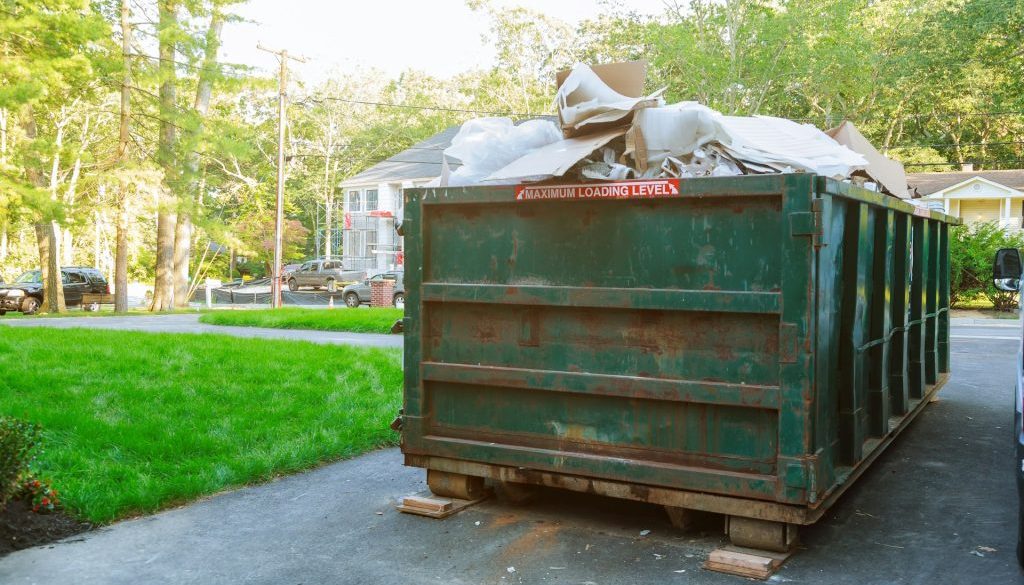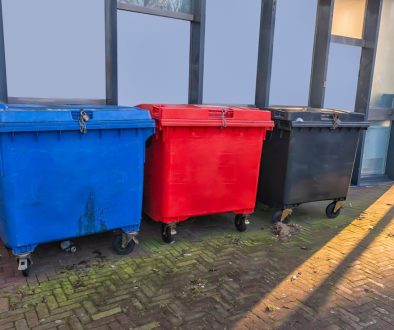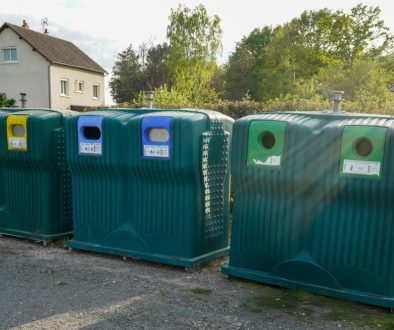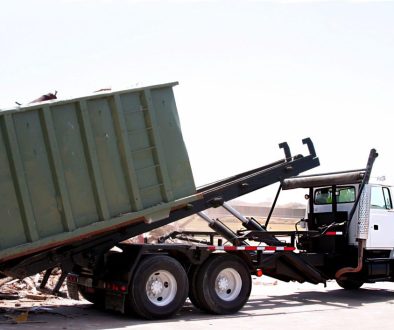Throwing out old building materials after a renovation or demolition might seem like the easy route, but there’s a smarter way forward. Items like wood, brick, stone and even old windows still have a lot of use left in them. With a bit of planning, many of these materials can be repurposed into something practical or even decorative. Whether it’s a personal project or part of a business construction update, putting materials to good use can lead to new results without the extra cost or waste.
Across Cheshire, more people are starting to see the benefits of reusing what they already have instead of sending materials straight to the skip. It doesn’t just save resources, it often gives a unique look to a new build or upgrade. And when the time does come to deal with leftover or unusable bits, there’s always the option to manage it affordably with skip hire in Crewe. That way, what gets tossed can still be sorted properly without slowing down your project.
Benefits of Reusing Old Building Materials
Choosing to reuse building materials does more than just reduce waste. It can reshape how you think about construction, garden work or basic home upgrades. Here’s what makes reusing old materials a smart move:
1. Less waste in landfill – Disposing of less material means fewer skips filled with reusable goods. That’s better for the environment and puts less pressure on waste services.
2. Savings on supplies – New building materials aren’t always cheap. Using what you’ve already got or repurposing from other jobs means you cut spending and stretch your budget further.
3. Unique character – Old bricks or weathered timber can bring texture and charm that new items just don’t have. Instead of relying on factory-made pieces, you get something that stands out.
4. Fewer delays – When new supplies are short or delayed, materials on hand can keep the job moving while you wait for fresh stock.
Say you’ve taken down an old garden shed. Instead of dumping everything, the roof tiles could be reused for a log store, the timber frame might suit raised beds and the door could take a second life as wall décor. With a little thought, leftover pieces can find meaningful use.
Creative Ways to Repurpose Old Building Materials
One of the best things about reclaimed materials is how flexible they are. You’re not limited to just building with them again. Many pieces can be adapted or transformed into something completely different.
Here are a few ideas that work well with common leftover materials:
– Reclaimed wood: Great for shelves, benches, tables or even feature walls. Sand it down and reseal it, and you’ve got a rustic, long-lasting piece for your home or workspace.
– Old bricks or flagstones: These can be turned into outdoor pathways, garden borders or even fire pits. Their worn look fits nicely into a garden setting.
– Doors and windows: Repurpose old doors into headboards, room dividers or coffee tables. Use large window panes creatively to frame mirrors or as part of a greenhouse build.
– Corrugated metal sheets: These make durable walls for sheds, backdrops for signs or quirky planter boxes.
– Leftover tiles: Use them to add a colourful top to a garden table, cover a plant stand or create a mosaic in your outdoor space.
These ideas aren’t just practical, they’re also a good way to personalise your space. Old materials often come with texture and marks from previous projects, and that kind of history can make newer spaces feel more grounded and lived in.
When picking which projects to try, always check that the material is still in good condition. A cracked brick may be fine for a flower bed divider but probably not for a structural job. Keep safety in mind and reuse materials in smart, lasting ways.
Practical Tips for Collecting and Storing Old Building Materials
If you’re planning to save and reuse old building materials, starting with proper handling and storage is a good idea. It can make your life easier down the line and help keep materials in decent shape until you’re ready to use them.
First off, check for signs of damage before holding on to anything. Look out for rot, pest issues or deep cracks. A bit of wear and tear is fine – that’s part of the charm – but don’t keep anything that might fall apart or could become unsafe. Give things like bricks and wood a quick clean to remove dirt or old paint. This step helps you see what you’re working with and keeps storage cleaner too.
Label your items as well. If you’ve got timber from one part of a house and tiles from another, a simple marker or tag system helps keep materials matched to their ideal reuse cases later. Group by type to avoid confusion and make future planning easier.
Here are a few practical ways to store reclaimed items:
– Stack wood on dry pallets or on a rack above ground level to prevent moisture damage.
– Store bricks and stones on solid surfaces to avoid cracking or sinking.
– Cover items with tarpaulins, but keep air flow moving to avoid trapped moisture.
– Use bins or heavy-duty boxes for small fittings like metal handles or hinges.
– Keep glass pieces or tiles indoors if possible, especially during colder months.
Timing matters too. If you’ve got an ongoing project and demolition is ahead, position a skip close to the site so you can sort the useful materials from the rubbish as you go. You might spot something worth keeping before it gets buried under rubble.
In the Crewe area, skips often carry old materials that are still perfectly usable. With permission, you can sometimes recover decent pieces from a skip already on-site, especially if you’re managing the job yourself.
Leveraging Skip Hire for Efficient Collection of Reusable Materials
Even when you plan to reuse as much as possible, there will still be leftovers that need safe and tidy disposal. Skip hire plays a bigger role than just hauling rubbish away. It’s useful for separating what’s worth keeping from what truly needs discarding, especially when a site is active and busy.
By sorting your waste ahead of time, the collection process becomes far smoother. Light waste, mixed rubble, timber and general rubbish can often be organised into groups before being tossed in. This creates space to pull aside anything that could be reused, before it disappears into the pile.
Choosing the right skip is important. With the proper size, you avoid repeat trips or overfilling. A kitchen renovation or small building site usually needs a mid-sized skip, but if you’re hoping to keep timber or bricks as you go, allow for extra room to sort safely.
To manage skip hire prices in Crewe without any stress, it pays to plan early. Booking in advance gets you better positioning and delivery timing that lines up with your work. It also avoids late fees or rushed collections.
A bit of patience on-site also helps. When materials aren’t being tossed in a rush, workers can check what’s reusable before it disappears. That can make the whole process more efficient and lead to better reuse opportunities.
Small Shifts That Make a Big Difference
Reusing materials in builds or refurbishments might have started as a way to cut costs, but it’s now a smart way to use what’s already available and reduce your waste. Bricks, timber and glass don’t need to be brand new to do the job well, especially when they add character and come at no extra cost.
As more people across Cheshire rethink how they manage old building materials, it’s clear this isn’t about limiting options. It’s about seeing the potential in what’s on hand, planning ahead and using services like skip hire in Crewe to make it all work smoothly.
It doesn’t take much to start. Keeping that old window frame for a future project or booking the right skip in advance can go a long way. When lots of people take these small steps, it helps reduce waste and means fewer good materials end up getting tossed away. It also leads to more interesting spaces filled with pieces that already have a story.
Need a reliable way to manage waste during your next project in Crewe? Enviro Skip Hire makes it easy to stay on top of site clearance without going over budget. Learn more about our competitive skip hire prices in Crewe and see how we can help keep your worksite running smoothly.




